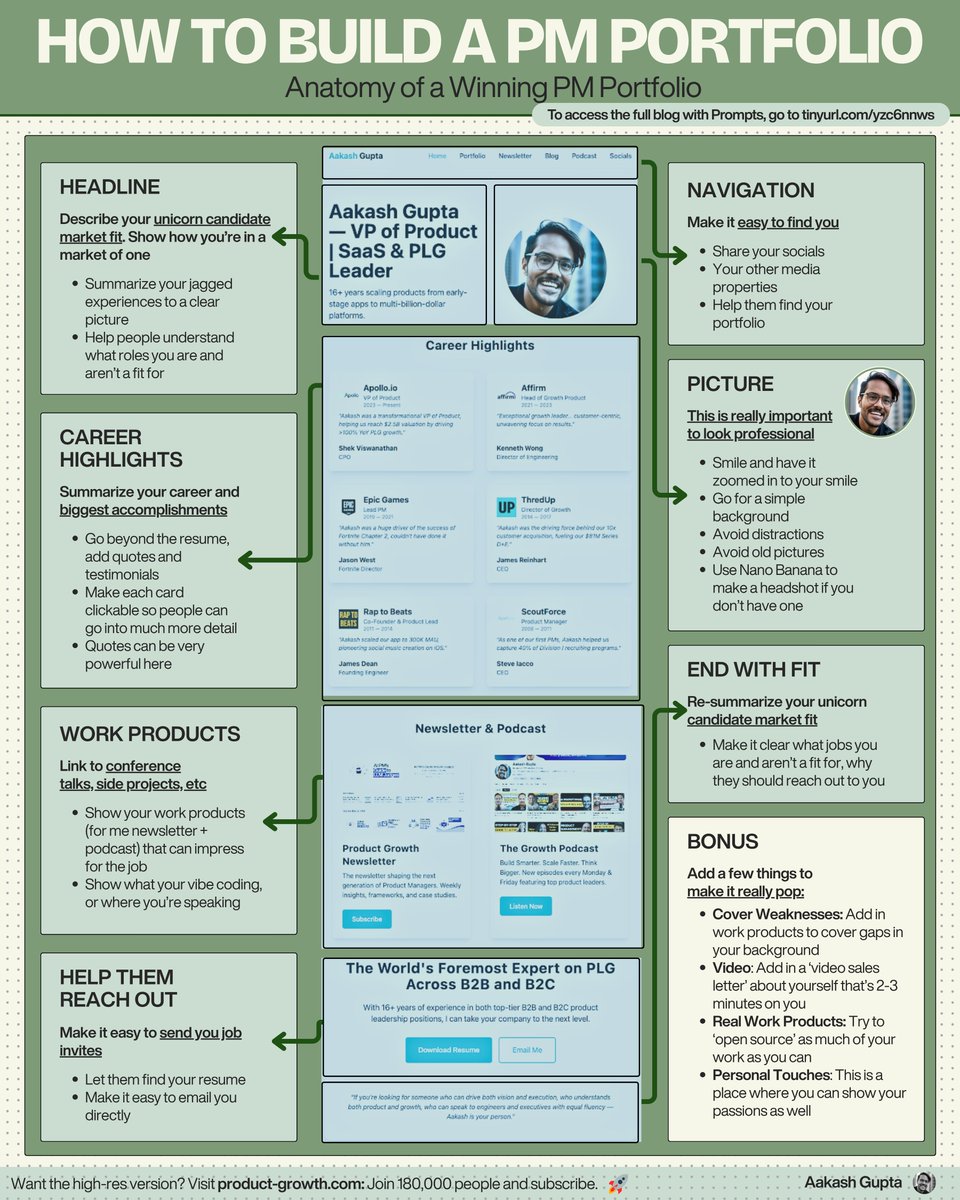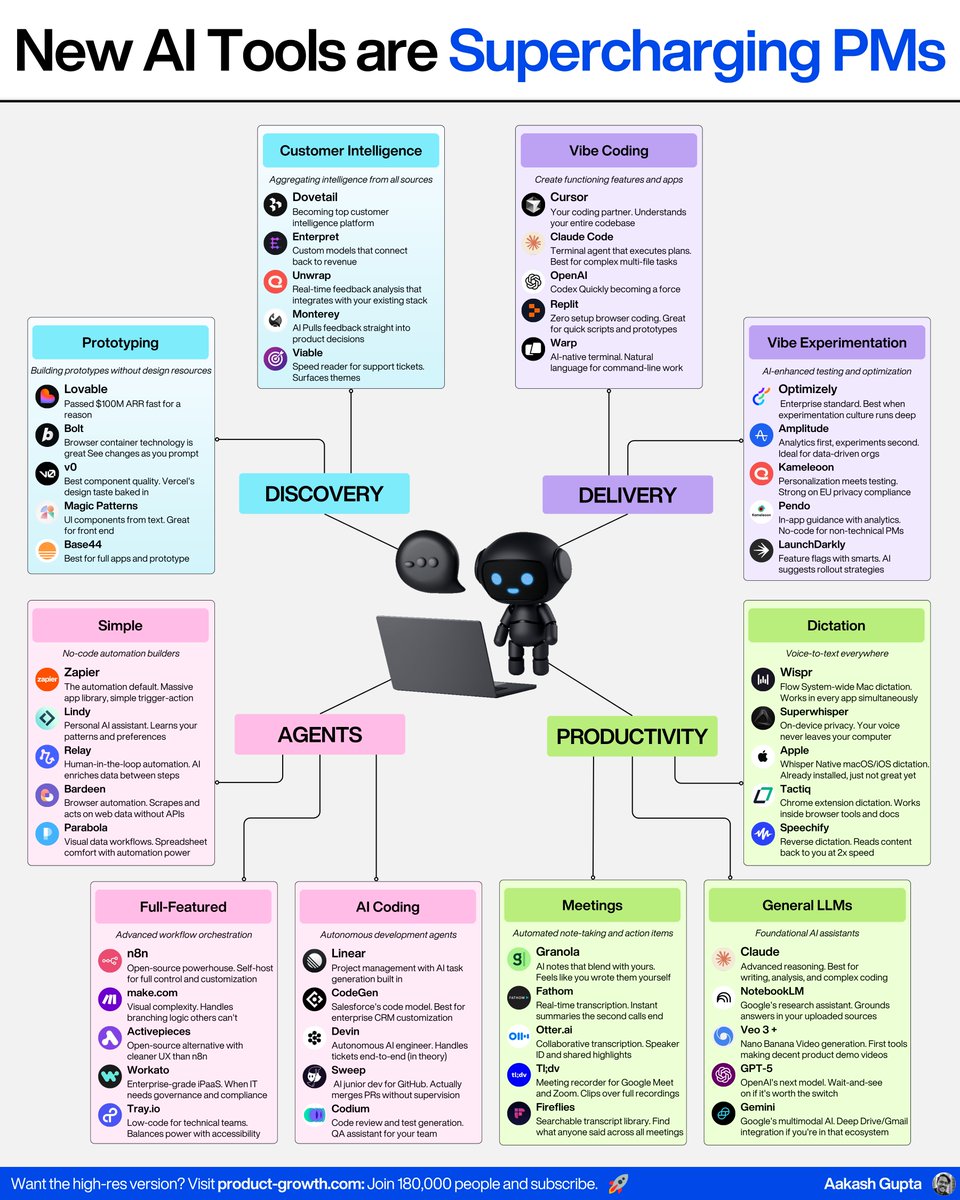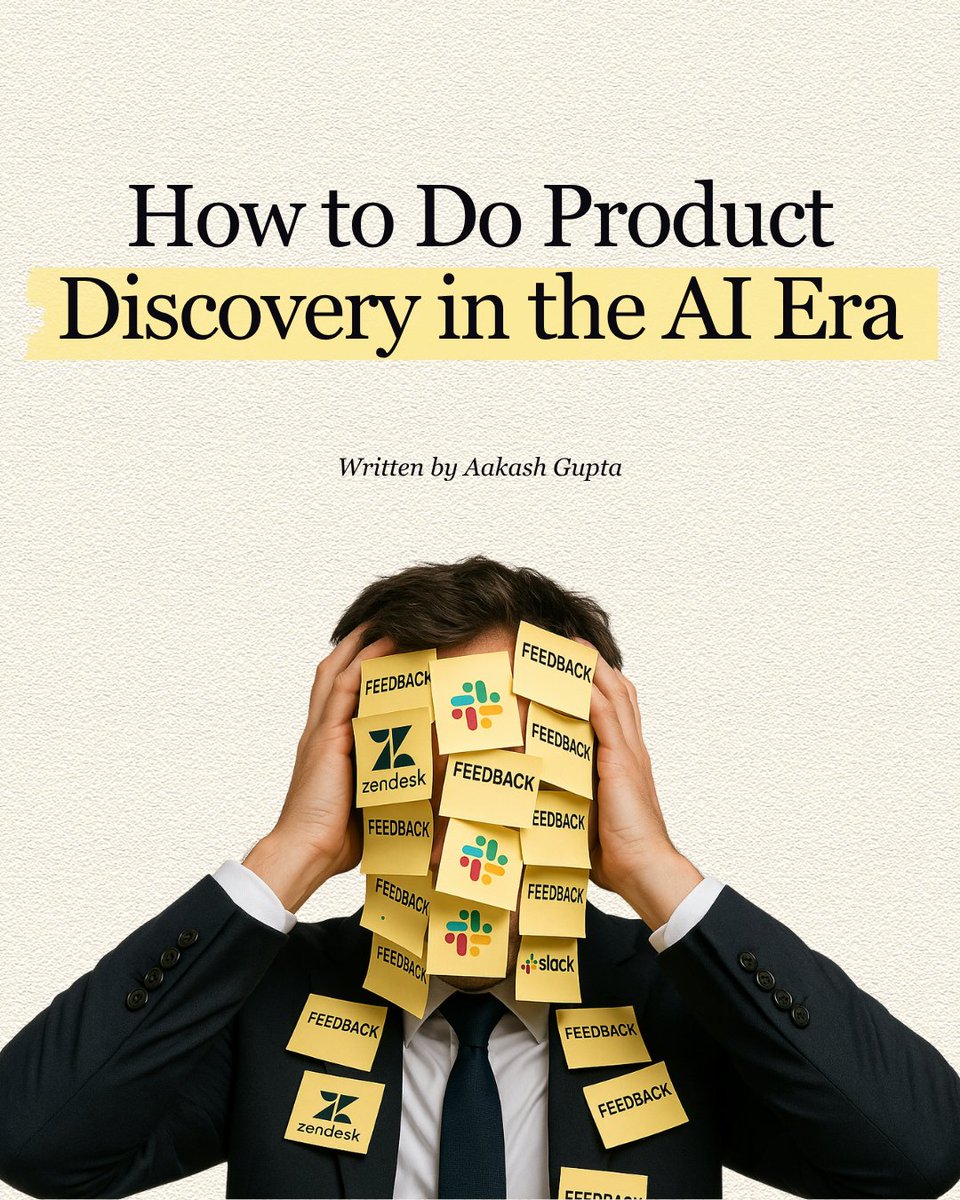Twitter is not the same as it was last week. The algorithm has undergone more than 30 changes.
I’ve been monitoring the GitHub repo for you. Here’s what you need to know:
I’ve been monitoring the GitHub repo for you. Here’s what you need to know:
1. Likes and retweets matter way less
The old weights are dead:
· 30x for likes
· 20x for retweets
· 1x for reply
The algorithm calculates PROBABILITY of actions & applies weights.
Don't just gun for likes and retweets.
The old weights are dead:
· 30x for likes
· 20x for retweets
· 1x for reply
The algorithm calculates PROBABILITY of actions & applies weights.
Don't just gun for likes and retweets.

2. Conversation is the new king
This is the new ranking of positive signals:
· 75x for reply to reply
· 13.5x for reply
· 12x for click to profile
· 10x for click & user stays >2 mins
· 1x for retweet
· 0.5x for like
Grab your 75x with reply to replies.
This is the new ranking of positive signals:
· 75x for reply to reply
· 13.5x for reply
· 12x for click to profile
· 10x for click & user stays >2 mins
· 1x for retweet
· 0.5x for like
Grab your 75x with reply to replies.

3. After conversation, the best thing you can do is get a user to click
For those who won't reply, get them to click:
· 12x for click to profile
· 11x for click to the conversation and reply or like
For those who won't reply, get them to click:
· 12x for click to profile
· 11x for click to the conversation and reply or like

4. Long content does well
It's rare someone will stay more than 2 minutes for just a tweet - unless your replies are really insightful.
Get your user to stay for 2 minutes and you get yourself 10x. Threads and now long tweets are formats to consider.
It's rare someone will stay more than 2 minutes for just a tweet - unless your replies are really insightful.
Get your user to stay for 2 minutes and you get yourself 10x. Threads and now long tweets are formats to consider.

5. Video & images matter way less
The algorithm gives a slight positive weight to the probability a user will watch at least HALF the video: 0.005.
There's NO weight at all for images.
So:
· Include videos only when a user will watch
· Don't just throw in images for the algo
The algorithm gives a slight positive weight to the probability a user will watch at least HALF the video: 0.005.
There's NO weight at all for images.
So:
· Include videos only when a user will watch
· Don't just throw in images for the algo

6. Negative signals matter a ton
A Tweet Report is the largest weight in the algorithm: -369x.
You also get a massive 74x ding if the algorithm predicts a:
· Show less often
· Block
· Or Mute
Do NOT put out stuff people are going to have issues with.
A Tweet Report is the largest weight in the algorithm: -369x.
You also get a massive 74x ding if the algorithm predicts a:
· Show less often
· Block
· Or Mute
Do NOT put out stuff people are going to have issues with.

7. Ukraine is now a kosher topic
The safety label for UkraineCrisis has been deleted.
You can post about the Ukraine Crisis from either side, and the algorithm will apply the same probabilities it does as above.
The safety label for UkraineCrisis has been deleted.
You can post about the Ukraine Crisis from either side, and the algorithm will apply the same probabilities it does as above.

8. No link penalty
By deleting the pre-algorithmic boosts, the penalty links is also gone.
Earlier in the week, the team shipped a change so that you can't like or retweet links from Substack. They rolled that back already.
By deleting the pre-algorithmic boosts, the penalty links is also gone.
Earlier in the week, the team shipped a change so that you can't like or retweet links from Substack. They rolled that back already.

9. Cross the magic mark of following less than follow you
The algorithm manually adjusts down users who have more people they follow than follow them.
But cross the. magic threshold, and the if statement doesn't apply to you anymore.
The algorithm manually adjusts down users who have more people they follow than follow them.
But cross the. magic threshold, and the if statement doesn't apply to you anymore.

10. It's all about predicted probabilities
If you remember anything, remember that the algorithm is driven by a neural network.
At the end of that, it applies weights to the predicted probabilities.
Right now, those care a ton about conversation.
If you remember anything, remember that the algorithm is driven by a neural network.
At the end of that, it applies weights to the predicted probabilities.
Right now, those care a ton about conversation.

It's so hard to keep up with all the change.
To stay up to date with the Twitter algorithm, follow me for weekly updates on what you need to know: @aakashg0
Elon is going to keep the change coming.
To stay up to date with the Twitter algorithm, follow me for weekly updates on what you need to know: @aakashg0
Elon is going to keep the change coming.
https://twitter.com/elonmusk/status/1590384919829962752
Want the deeper dive on how all the steps of the algorithm come together?
Here's all the academic research:
aakashgupta.substack.com/p/the-real-twi…
Here's all the academic research:
aakashgupta.substack.com/p/the-real-twi…
• • •
Missing some Tweet in this thread? You can try to
force a refresh












